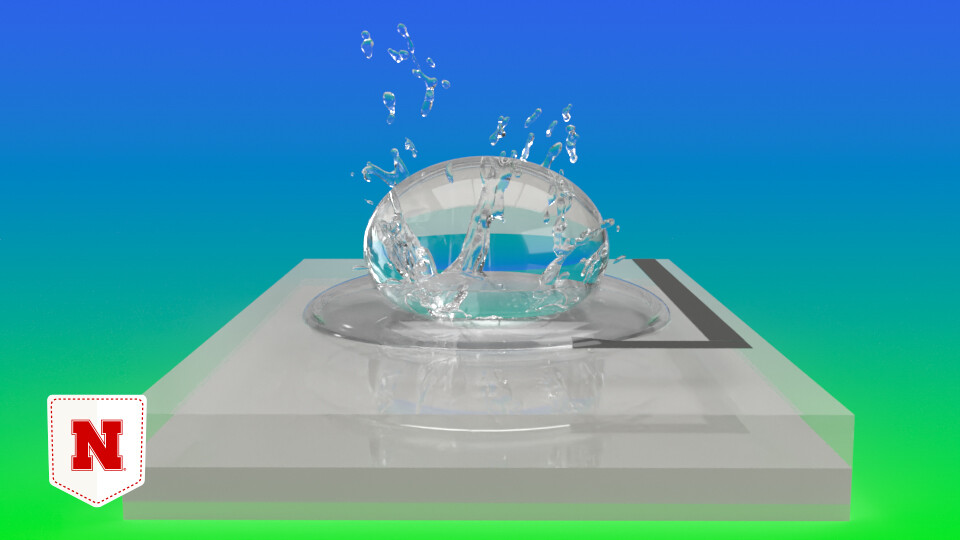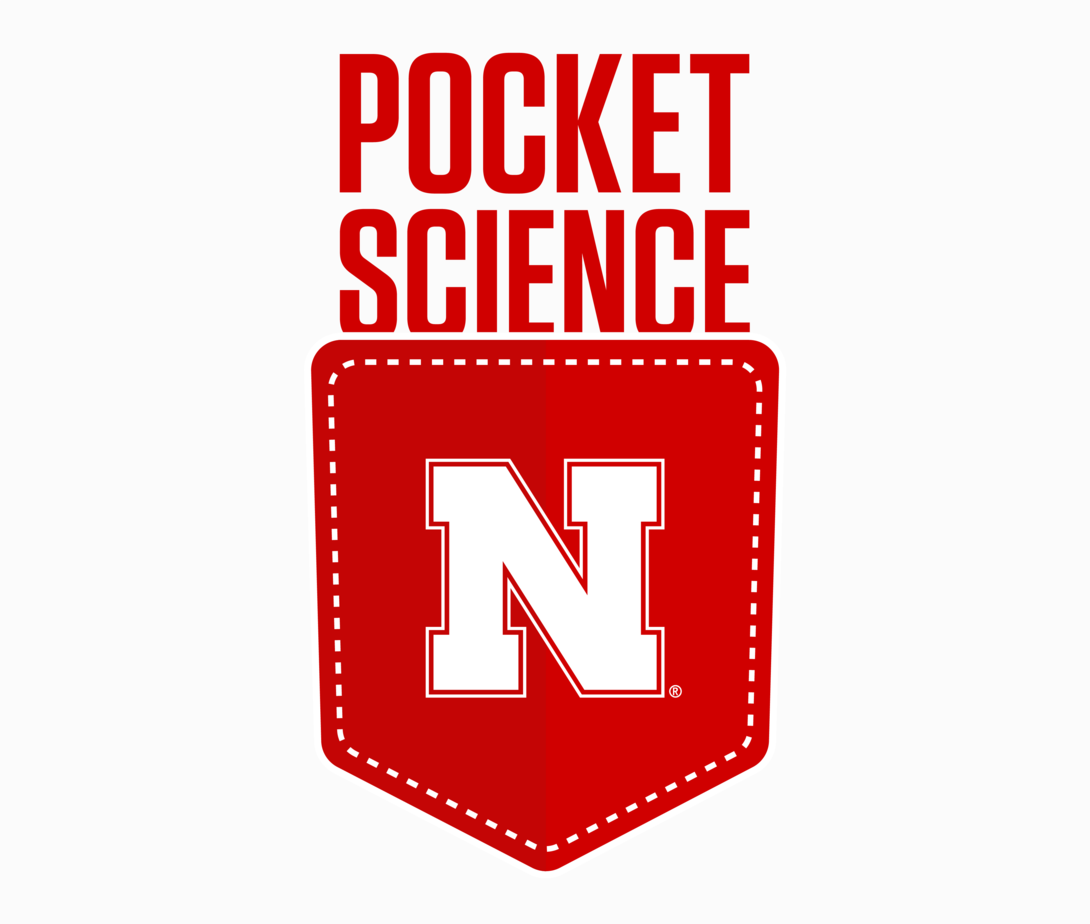
Welcome to Pocket Science: a glimpse at recent research from Husker scientists and engineers. For those who want to quickly learn the “What,” “So what” and “Now what” of Husker research.

What?
Water has long provided energy via hydroelectricity, as when massive quantities of water flow downward to power turbine-based generators.
Squeezing energy from droplets of water that fall from the sky or the tap has proven much trickier. Efforts to design droplet-based generators of electricity have so far yielded minimal power, making the technology impractical and cost-inefficient.
But that technology could especially benefit developing nations in regions that experience rainy seasons, including swaths of South America and central Africa.
So what?
By tapping the computational power of Nebraska’s Holland Computing Center, Xiao Cheng Zeng recently helped explain the chemistry behind a promising new droplet-based prototype from colleagues at the City University of Hong Kong.
When enough continuous droplets strike the prototype’s surface, its negative and positive charges begin separating and accumulating. The spreading droplets can then effectively close the circuit between one end of the prototype and an aluminum electrode, allowing the accumulated electric charge to flow out of the device.
The result? Converting the droplets’ energy to electricity hundreds of times more efficiently than conventional designs.
Now what?
Continued research will need to further improve that conversion efficiency, which still lags behind that of wind and solar power.







